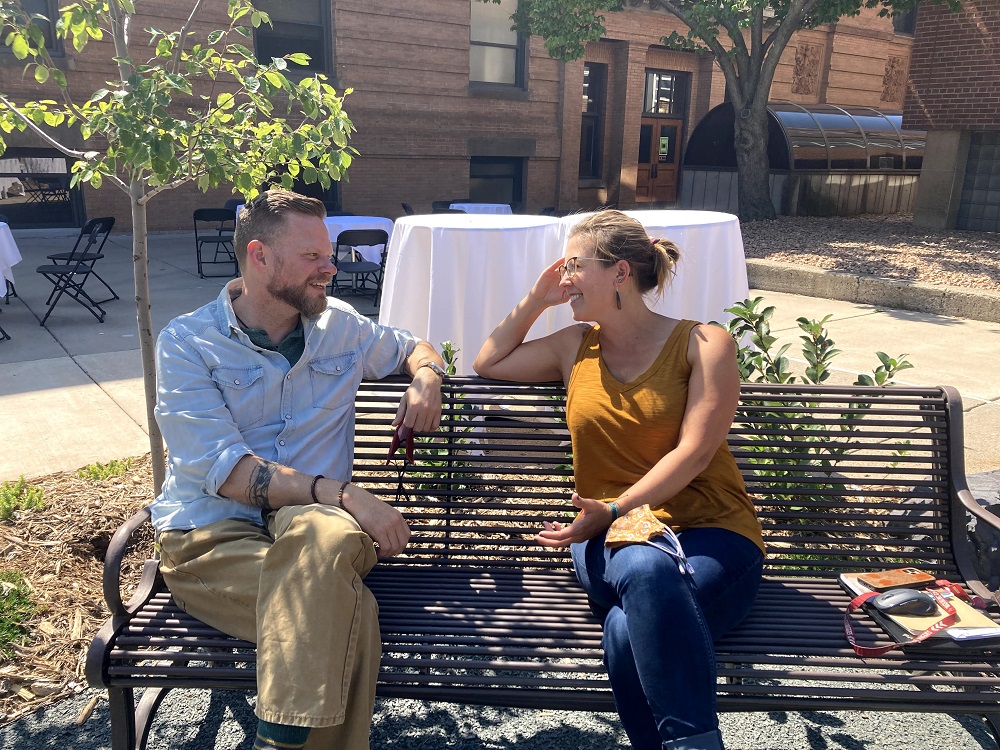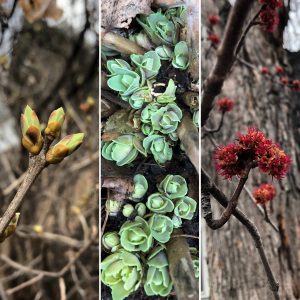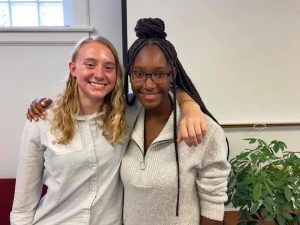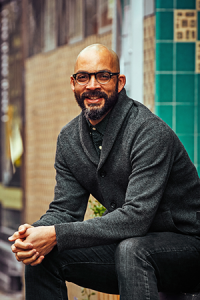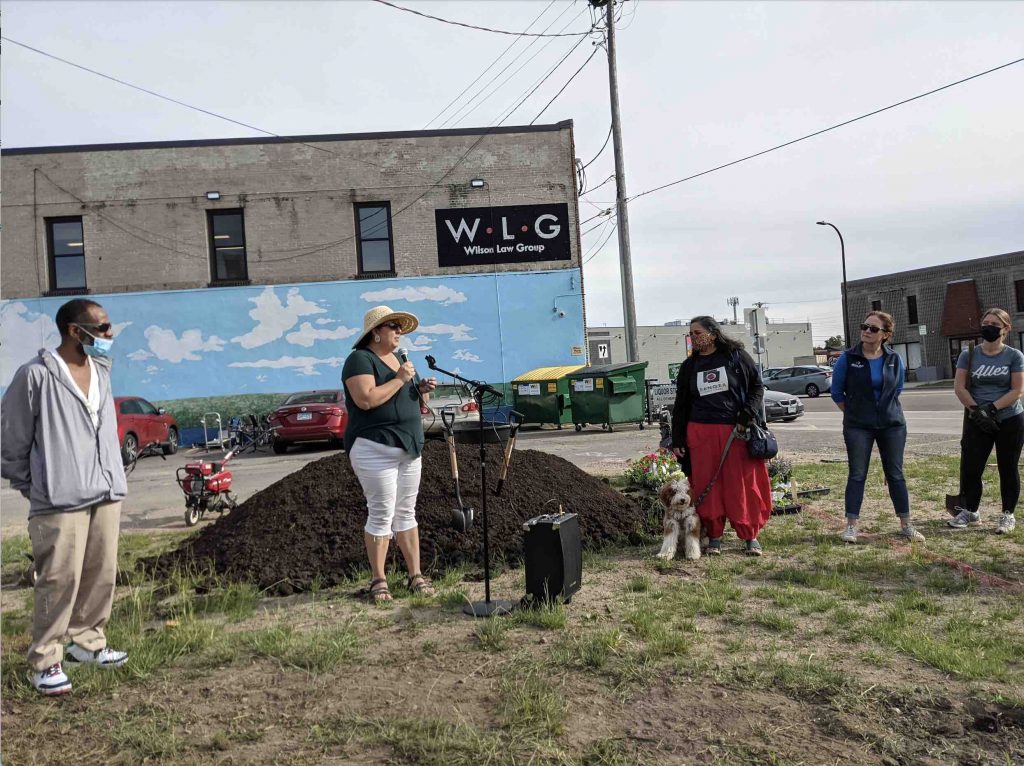Accompaniment is the first artform of the Public Church Framework. It is the movement out into the neighborhood to hear the neighbors’ stories. In this movement, we learn to engage and listen to the neighbor for the neighbor’s sake.
This following blog post shares some resources to practice accompaniment in your context. To read more about why we practice accompaniment, read this blog: “Accompaniment It’s Who We Are (You Got This!)”
We’ve simplified and categorized accompaniment into four layers, or four different practices to hear the neighbors’ stories: demographic data, neighborhood prayer walk, listening posts, and one to ones.
Practices of Accompaniment
 Demographic Data
Demographic Data
Demographic data helps tell the story of your neighborhood. Demographic Data can help you know more about the
challenges our neighbors face — and the assets that are available in a community. A pitfall to avoid when learning about demographic data is the assumption that knowing about the neighborhood is the same and knowing the neighbors.
- ELCA World Hunger: Know Your Neighborhood Worksheet and Guide
- ARDA: Community Profile Builder Guide
 Neighborhood Prayer Walk
Neighborhood Prayer Walk
The practice of a neighborhood prayer walk is a prayer exercise that invites you to walk through the neighborhood with particular attention to moments of desolation and moments of consolation. Moments of desolation are times of sorrow, brokenness, fear, anxiety, etc. Moments of consolation are times of hope, healing, courage, peace, etc.
- Public Church Practices: Neighborhood Prayer Walk – RIH Blog Post
- Slideshow Example of Neighborhood Prayer Walk
 Listening Posts
Listening Posts
Listening posts are places in the neighborhood where people gather to hear and share stories. Some examples of listening posts include soup lunches, local schools, neighborhood businesses, parking lots, local bars, neighborhood association meetings, open mic nights, bike shops, libraries, rivers and parks, neighborhood gardens.
 One to One Relational Meeting
One to One Relational Meeting
A one to one is an intentional, curiosity-driven conversation with someone you want to know, or get to know more deeply. The primary purpose of a one to one conversation is to build or deepen relationships.

